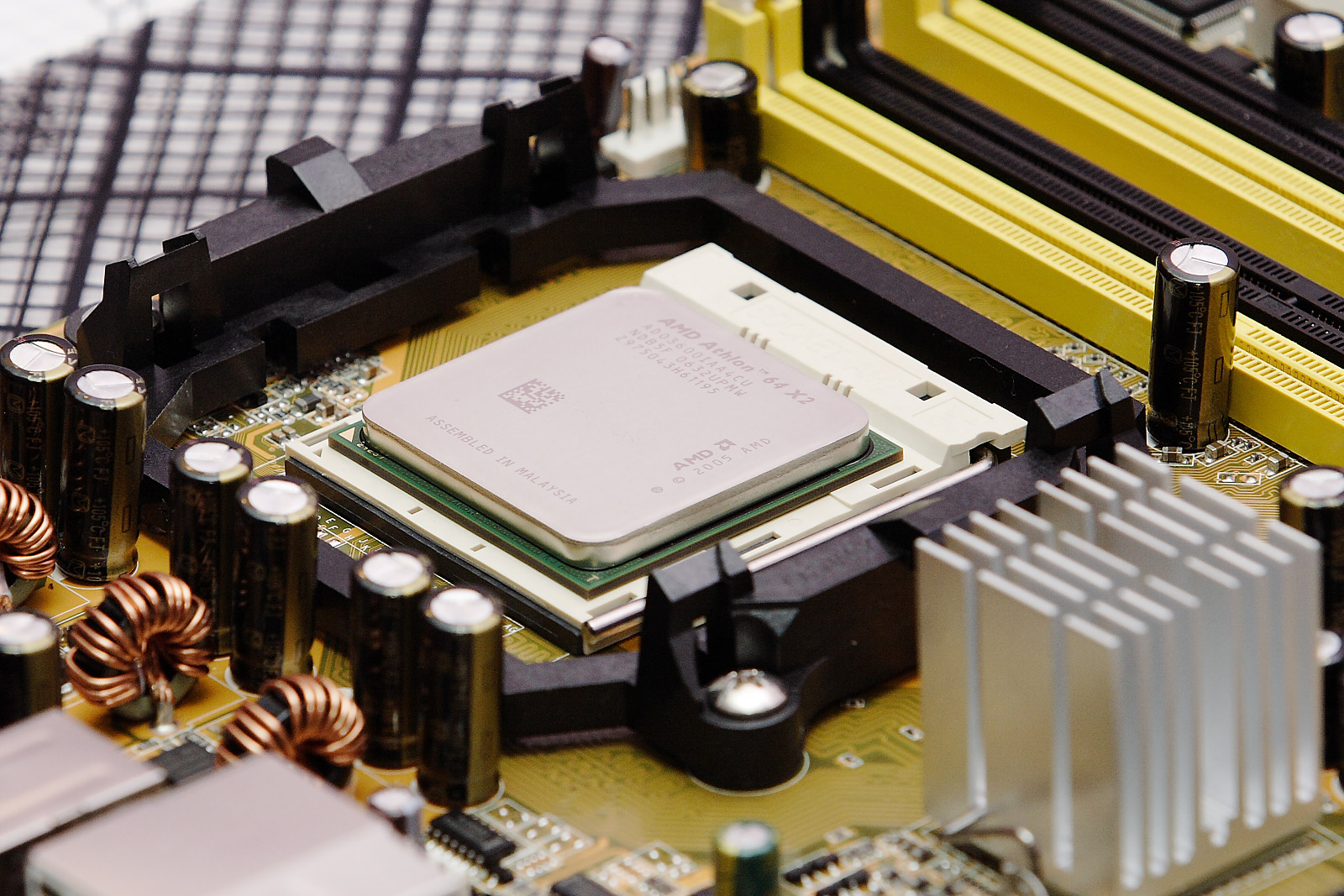
Introduction
What is a Microprocessor?
A microprocessor is the central processing unit (CPU) or the core component of a computer. Comprising millions of tiny semiconductor components, it acts as the brains of the system, handling all arithmetic and logical operations.
Evolution and importance of microprocessors
Microprocessors have evolved to cater to diverse purposes and applications. They can be broadly categorized into three types, with each type suited for specific functions. The first type is CISC (Complex Instruction Set Computer) microprocessors. This type is optimized to execute intricate instructions, each comprising multiple simpler instructions. CISC microprocessors aim to reduce the total number of instructions required for a program to run smoothly, enhancing efficiency in handling complex tasks.

Basics of Microprocessors
Components of a microprocessor
A microprocessor, also known as the central processing unit (CPU), is composed of millions of semiconductor components. These components work together to perform arithmetic and logical operations, serving as the core of a computer system.
Functions and capabilities of a microprocessor
Microprocessors are crucial for executing instructions and processing data in computers. They have evolved over time to cater to various applications and tasks. One type of microprocessor is the CISC (Complex Instruction Set Computer), which specializes in handling complex instructions that consist of multiple simpler operations. By reducing the number of instructions needed for a program, CISC microprocessors enhance efficiency in managing intricate tasks.

Types of Microprocessors
CISC Microprocessor
A CISC (Complex Instruction Set Computer) microprocessor is designed to handle complex instructions that involve multiple simpler operations. By executing these instructions efficiently, CISC microprocessors reduce the overall number of instructions needed for a program, thereby enhancing the management of intricate tasks.
RISC Microprocessor
In contrast, RISC (Reduced Instruction Set Computer) microprocessors focus on executing a smaller set of simple instructions quickly. This streamlined approach increases the overall speed of processing and is beneficial for tasks that require rapid data manipulation and high performance.
Difference between CISC and RISC microprocessors
– **Complexity:** CISC processors handle complex instructions, while RISC processors focus on simpler instructions.- **Speed:** RISC processors are generally faster due to their simplified instruction set.- **Efficiency:** CISC processors may be more efficient for complex tasks, whereas RISC processors excel in speed and performance for simpler tasks.

Applications of Microprocessors
Computers and laptops
– Microprocessors are widely used in computers and laptops to perform various tasks such as running applications, managing data, and executing instructions.
Smartphones and tablets
– In smartphones and tablets, microprocessors play a crucial role in handling communication, processing multimedia content, running apps, and managing power consumption efficiently.
Embedded systems and IoT devices
– Microprocessors are essential components in embedded systems and Internet of Things (IoT) devices, enabling them to perform specific functions, process data, and communicate with other devices effectively.
